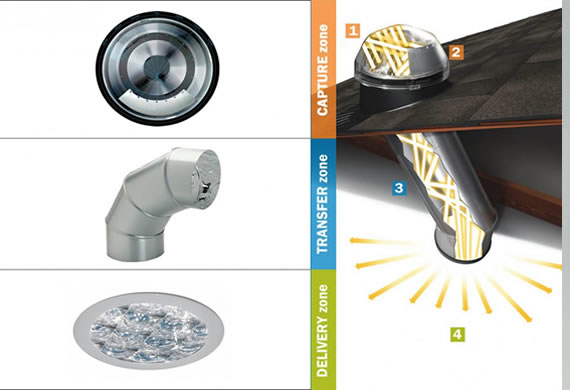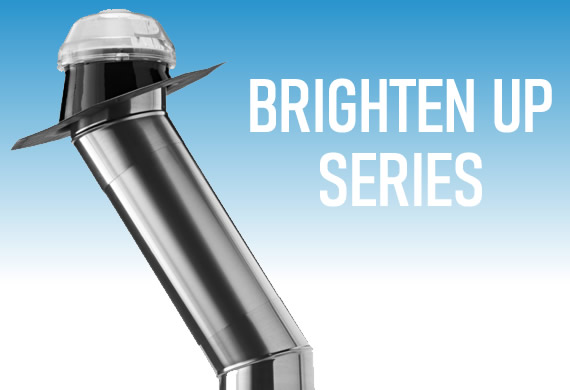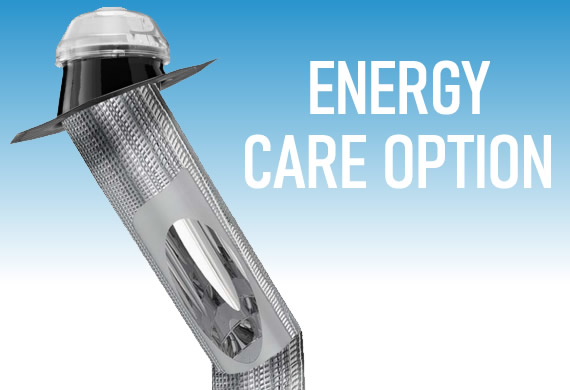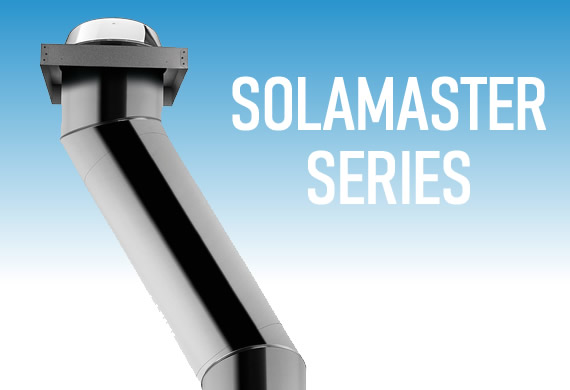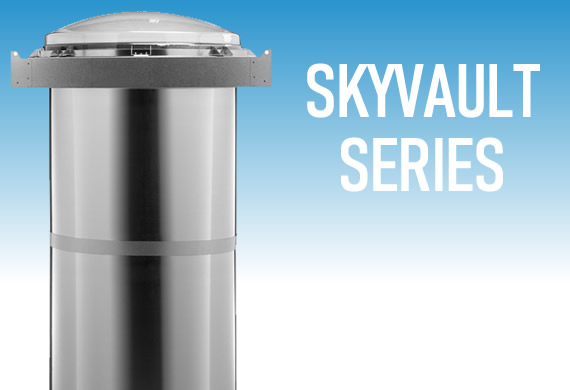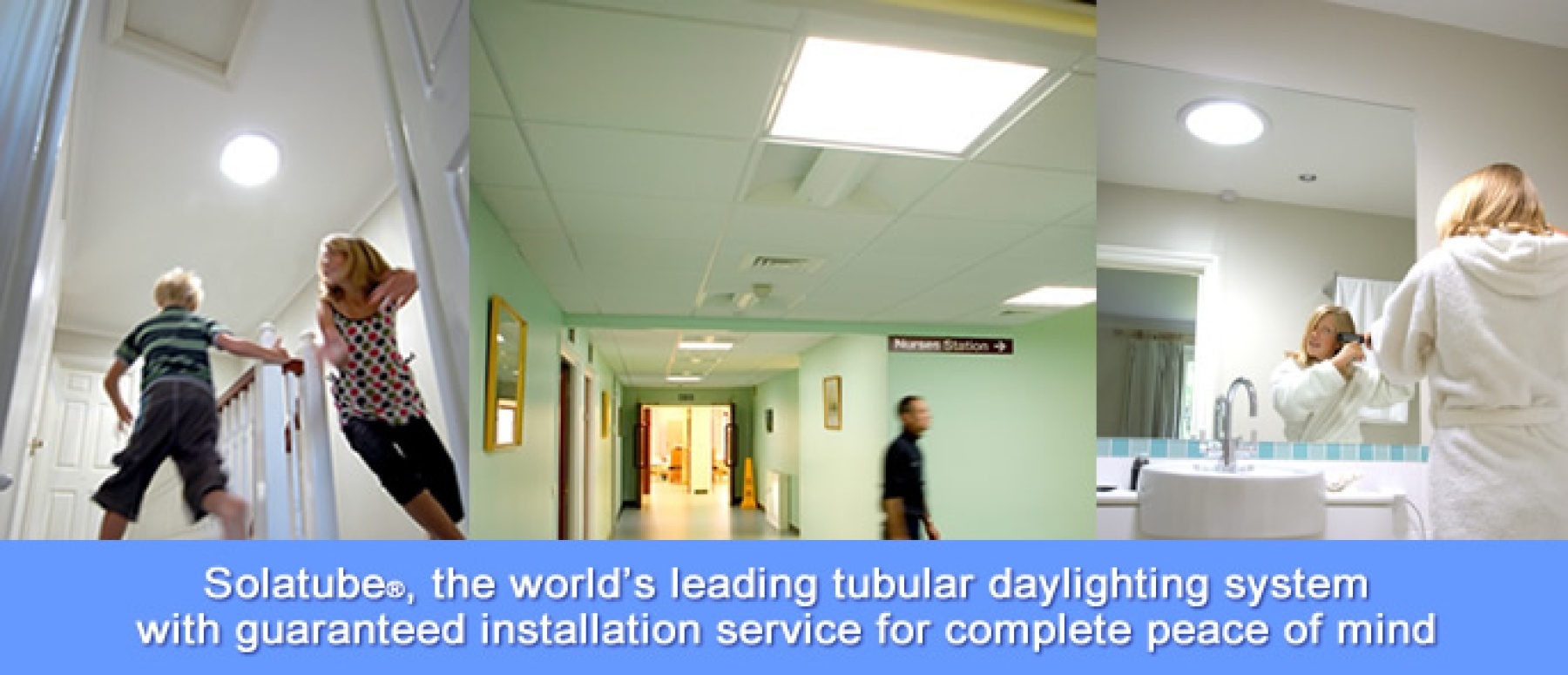
Do Solatube tubular skylights really work
I recently came across a blog entitled “What Are The Advantages And Drawbacks To Solar Tube Lighting” and naturally wanted to hear what they had to say. However, after just a few paragraphs it became extremely apparent that there was a lot of nonsense being talked, not to mention some appalling writing and grammar. But most significantly it worried me that people coming across it are going to be misinformed and misled by comments that are just blatantly wrong and I strongly suspect that whoever wrote it has next to no experience of tubular skylight systems.

Anyway, let me try and set the record straight on a few points, although to start with I’ll run through the pro’s that were talked about:
- Sun pipes are a free source of energy – as long as you accept that the energy being talked about is actually just light – it’s actually a free source of daylight.
- Bright and efficient – correct!
- Less pollution – if your electricity comes from fossil fuels rather than renewables then ‘yes’.
- Vitamin D enabled light source – correct!
- Does not leak – correct, provided it is properly installed.
- Can light tricky areas of a house – correct.
In addition to the above, what has been overlooked are some other extremely important pro’s:
Spreads and diffuses the light around a room incredibly well. You do not get a beam, or shaft, of light as some people think; instead a Solatube tubular skylight fills an entire room with daylight very evenly throughout.
Thermally efficient – you get far more light through a Solatube tubular skylight than you would through an equivalent sized window, roof or sky light. In addition a Solatube tubular skylight is as thermally efficient as a good double glazed window and can even be improved to Passivhaus standards. That means you have next to no heat loss during the winter and no heat gain during the summer.
You could also add that usually you don’t need to undertake any structural cutting of timbers to install a Solatube tubular skylight, which is likely with most other options. Oh, and you don’t need planning permission for a Solatube.
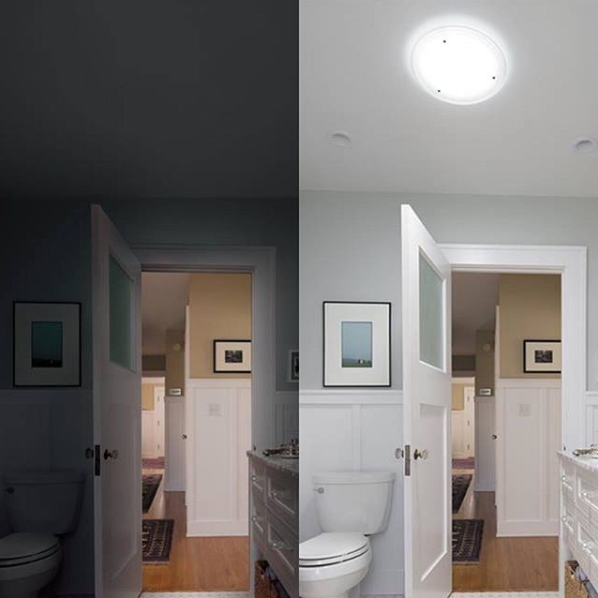
The ‘cons’ talked about in the article are more misleading so here’s my attempt to set the record straight:
However, the first thing you need to know is that there are several makes of tubular skylight system out there and unfortunately most of them are ‘copy cat’ systems, manufactured for cheapness and with very little regard for performance. So, bear in mind that just because a cheap, copycat system will fail to deliver much light and may not be well insulated for thermal efficiency and sound, the opposite is true of a Solatube tubular skylight, which DOES deliver lots of very bright light and is very well insulated. So here are the points raised in the article, along with my clarifications.
Solatubes suffer from heat loss. Only a poorly designed and installed ‘copycat system’ may suffer from heat loss compared to other options for introducing daylight. In fact a Solatube is the most thermally efficient and effective way of lighting an interior and suffers from very little heat loss or gain, especially when compared to any other option such as roof lights or skylights.
Solatubes offer limited design options. The article talked about Solatubes providing limited options in terms of controlling the amount of light. Once again this is just wrong. A Solatube can be installed with a ‘dimmer’ – a solar or electrically operated baffle than can be opened or closed as much or as little as you like; what more control could you need? If you want to soften the brightness of the light one can insert a softening effect lens – simple.
Only one source of energy with a tubular skylight. The article says that if it’s not sunny you don’t get enough light. Not true. It’s like saying “if the sun’s not shining then you don’t get any light through your windows”, which clearly isn’t the case. Even on a cloudy or overcast day you still get light coming in through your windows and you still get light coming in through a Solatube.
Obviously, if it’s dark outside then it’s going to be dark inside and this is exactly the same with any other form of window or roof light. But the important point is that a Solatube is NOT dependent on DIRECT sun light or sun shine; instead it is actually dependent on ANY sort of daylight, be it overcast or not. So it’s hardly a ‘con’, unless you want to compare it with electric lights. But most importantly, even on an overcast day you’ll still find a Solatube delivers lots of bright light inside.
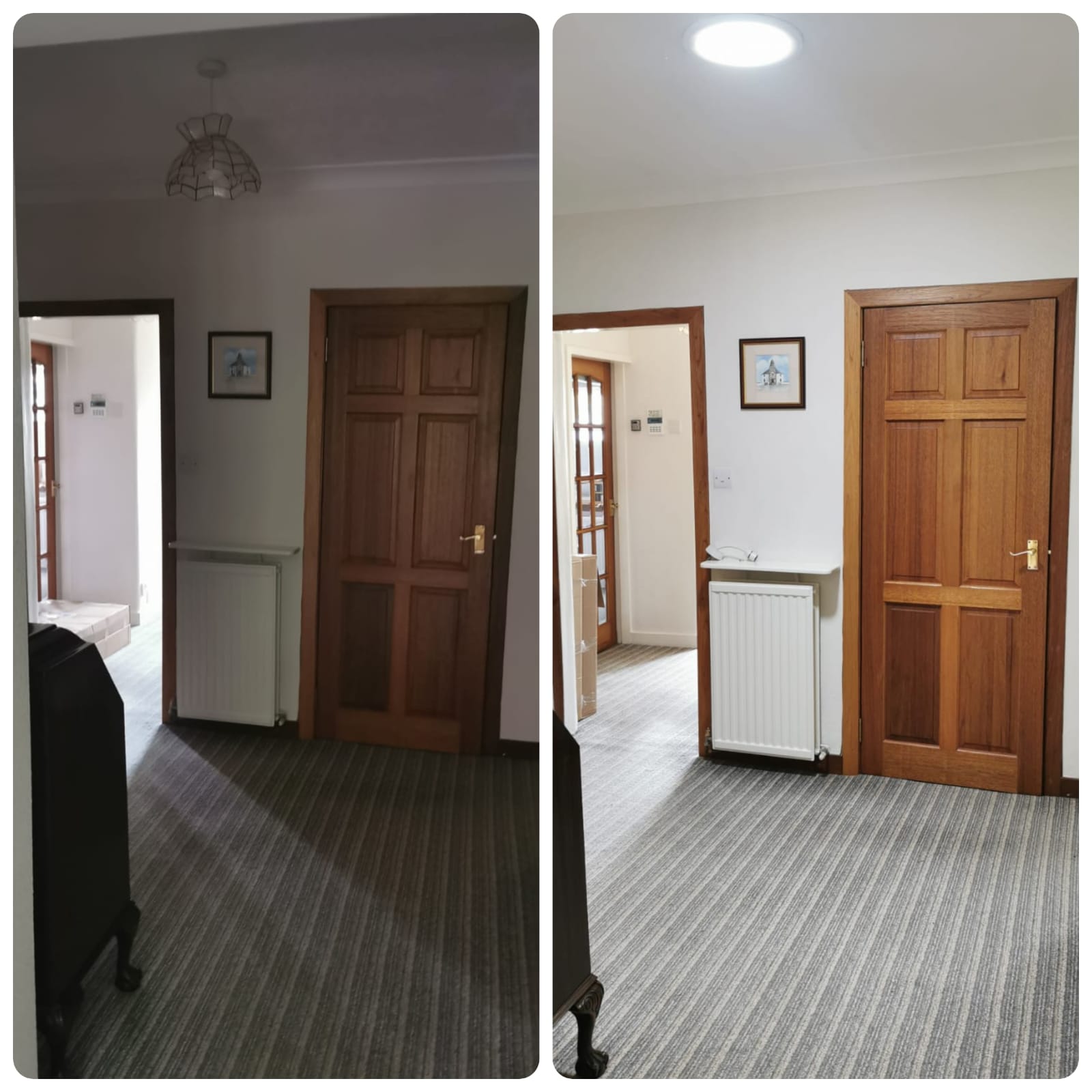
Solatube tubular skylights are not suitable for every home? I’m not sure where they are coming from here as they talk about whether a roof is suitable. Certainly here in the UK I’ve not come across a roof a Solatube can’t be installed in, regardless of steepness of pitch or material it’s made from.
Solatube tubular skylights won’t work well on the ground floor of a 2-storey building. Once again this is simply not true. Provided there is space to route the tube through a room above then a Solatube tubular skylight will still deliver LOTS of bright daylight, even on tube lengths of 6m and over. Bearing in mind that a roof window or skylight definitely cannot deliver light to a ground floor room, the fact that a Solatube tubular skylight CAN is actually a pro and not a con.
The length of tube is NOT a problem, although the ability to route the tube through is usually the challenge, but as a window or skylight can’t achieve this at all, then generally a Solatube tubular skylight is the better option.
We’ve installed systems with tube runs as long as 6m and they still deliver fantastically bright light and that is thanks to Solatube systems using the world’s most reflective material. Most other systems use a less reflective material in their tubes which is why some people believe tubular skylights don’t deliver very much light. However, Solatube uses the world’s most reflective material and. whilst it may not sound like a big difference in reflectivity, just consider the physics for a moment:
- 98% reflective copy-cat tubular skylight: Each time light bounces down the tube it loses 2% of its energy, or light. Over just 10 bounces that equates to a 20% loss of light.
- 99.7% reflective Solatube tubular skylight: Each time light bounces down the tube it loses just 0.3% of its energy, or light. Over 10 bounces that equates to a tiny 3% loss of light.
And that’s why a Solatube tubular skylight CAN deliver lots of bright light down very long tube runs, whereas copycat systems using less reflective material can’t.
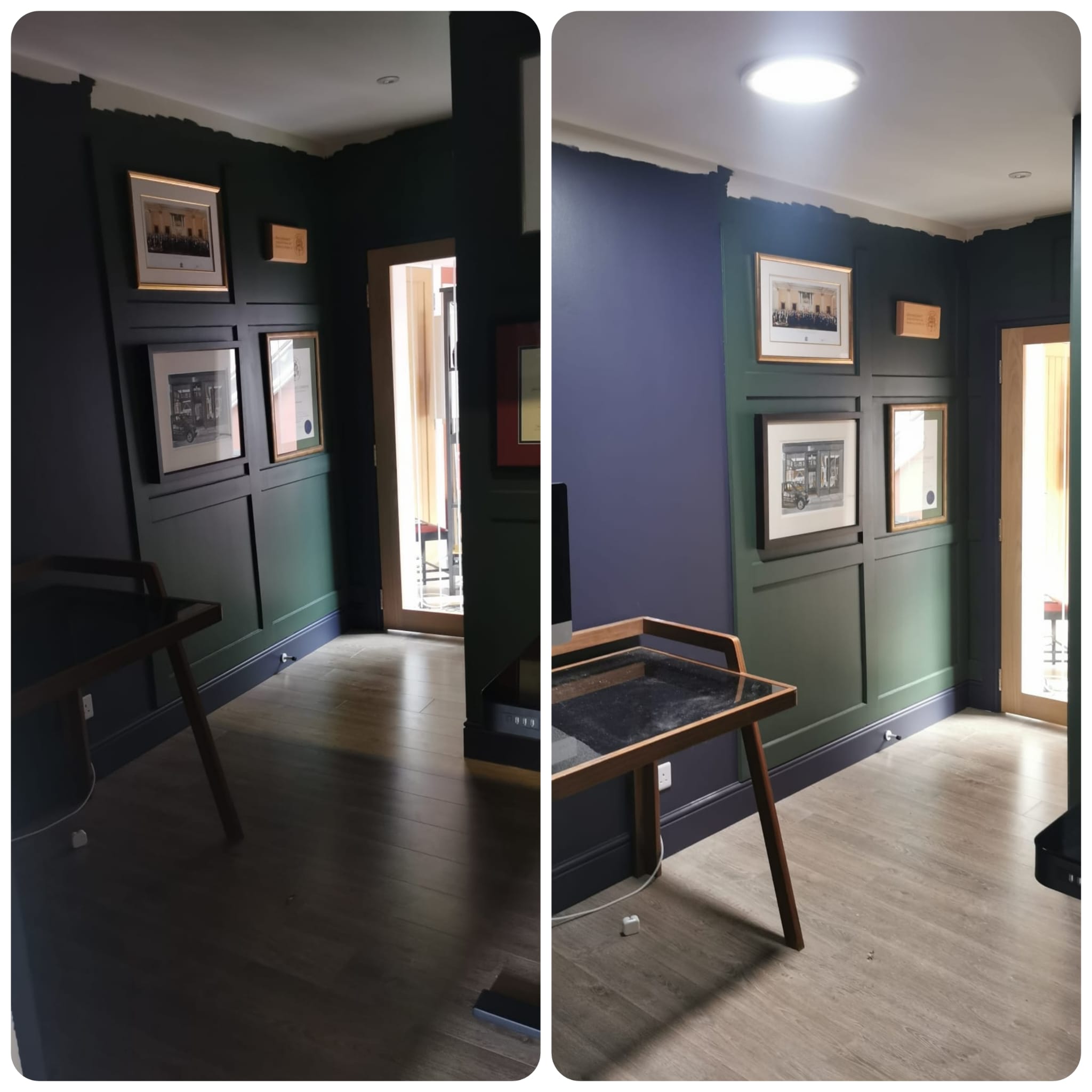
A tubular skylight uses lots of space during installation. This is also totally misleading; in fact the opposite is true. A Solatube is THE most compact way of getting the most amount of daylight in to any interior. Any other form of daylighting, such as a window, roof light or skylight would have to be much bigger and usually entail the cutting of structural timbers.
It is impossible to install a ventilation system with solar tubes. Once again, this is simply not the case. A Solatube can be installed with a combined ventilation/extractor fan, which we frequently install in bathrooms. However, it would be correct to say that you can’t just open or close a Solatube, as you can with an accessible window.
Solatubes can be noisy? Definitely not. A Solatube actually has incredibly good sound insulation – far better than a window or roof light, and they prevent noise from both entering the building and also from leaving the building. And that includes when it rains – a Solatube tubular skylight stops almost all drumming noise, unlike a Velux window which will always be noisy when it rains.
In addition the author has failed to pick up on the important issue of condensation.
ALL tubular skylight systems will have condensation, but what is vitally important is whether the system has been designed to cope with condensation. In my experience, only Solatube has done this, in such a way that any condensation that forms, does so on the underside of the dome, which then runs down in to a ‘weep channel’ that allows the moisture to escape out onto the roof through ‘weep vents’; simple but effective. I know of only one other system that seeks to avoid condensation, but it is a very costly additional extra.
So, don’t believe everything you read; there’s a lot of uniformed opinion out there which can be very misleading. And please be aware that not all tubular skylight systems are the same. As I keep on reminding people, there are many ‘me-to’, ‘copy-cat’ systems out there that don’t tick all the boxes in the same way as the original, Solatube system.
Throughout the whole of Scotland, Solatube Scotland is the recognised distributor and installer of Solatube tubular skylights, or light pipes.
If you are interested in bringing natural light into your home, why not contact us at info@solatubescotland.co.uk ; 07778 283 427 to find out whether a Solatube sun pipe can help you. Typically, a fully installed system might cost anywhere between £900 – £1,200; that’s supplied, professionally installed and includes the VAT.
We service these postal codes and surrounding areas: AB,DD, DG, EH, FK, G, HS, IV, KA, KW, KY, ML, PA, PH, TD, ZE
We service all towns and cities in Scotland, including the surrounding areas: Aberdeen, Ayr, Aviemore, Cumbernauld, Dumfries, Dundee, Dunbar, Edinburgh, Elgin, Eyemouth, Falkirk, Fort William, Galashiels, Glasgow, Greenock, Inverness, Irvine, Kilmarnock, Kirkcaldy, Lanark, Livingston, Moffat, North Berwick, Oban, Paisley, Peebles, Perth, Peterhead, Selkirk, St. Andrews, Stirling

